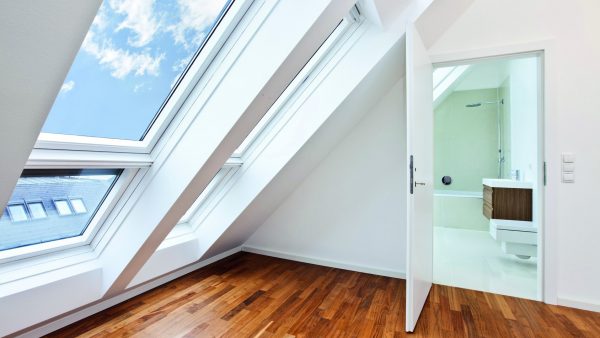Attributed to Will Mott, Product Manager, Saint-Gobain Isover
It’s that time of year when heating bills go up and many unfortunate homeowners find their homes aren’t as energy efficient as they should be. Although usually hidden from view, insulation is one of the most important construction materials used in buildings, saving some households in the UK up to £400 per year on their energy bills.
Despite this, the Department of Energy and Climate Change estimates that there are still around 7.6 million homes in the UK with uninsulated solid walls.
In the next four years, the Government plans to build four hundred thousand new homes. With this many new houses being built in such a short period of time, it is vital that those responsible for selecting building materials familiarise themselves with the most effective methods of insulation.
Hard-to-treat walls
When it comes to solid wall properties or houses with hard to treat walls, an easy-to-install IWI (internal wall insulation) system like the Isover Optima System is usually the best option. The most effective kinds of IWI will not only improve the thermal efficiency of a building, they will also address issues associated with moisture and airtightness. Although IWI should be relatively easy to install, there are a number of training courses available for contractors.
Mineral wool solutions
One of the most effective forms of insulation is made out of glass mineral wool – an extremely lightweight and flexible material, able to hold in place between timber, metal frames and rafters without the need for additional fixings.
As well as being easy to install, glass mineral wool is highly fire retardant and has good sustainability credentials as it generates little waste and is made from a high percentage of recycled glass.
With unrivalled acoustic properties and thermal qualities that can meet any existing building regulations, glass mineral wool insulation is the most well rounded solution for homeowners.
2016 and beyond
Even though there are obvious benefits that come from properly insulating, there are still millions of homes in the UK going into 2016 with uninsulated lofts and cavity walls.
The Sustainable Energy Association estimates that by making UK buildings more energy efficient, the country could save a massive £12 billion every year as well as help the UK hit its carbon reduction targets.
With this in mind, it’s up to the construction sector to play their part by installing the solutions that not only save the most money and energy, but also provide the best standard of living for the occupant.
For more information about insulation solutions visit www.isover.co.uk.






